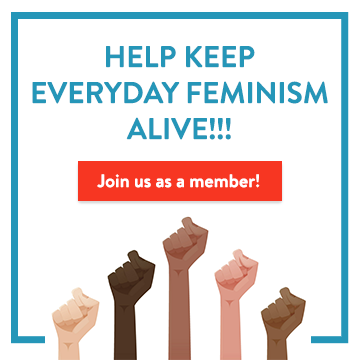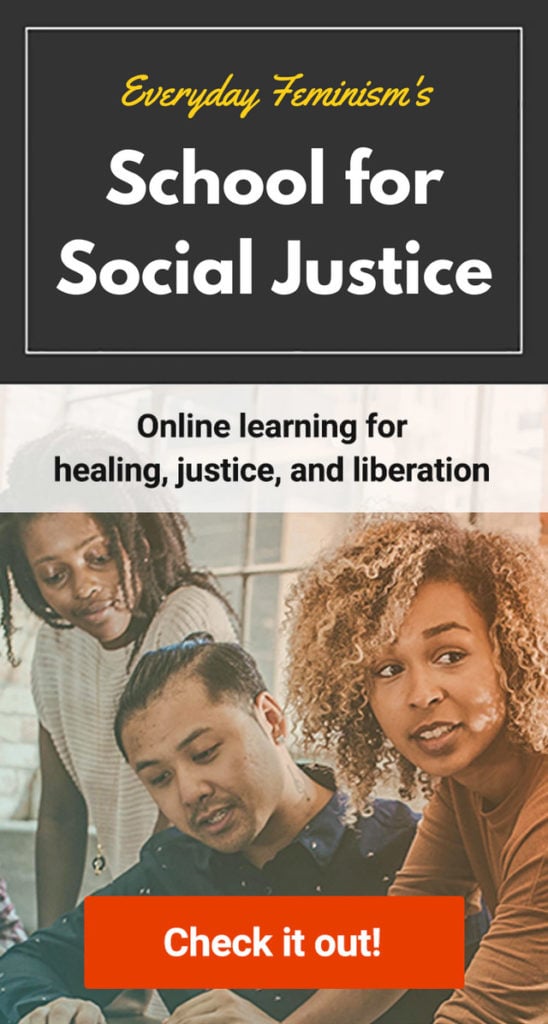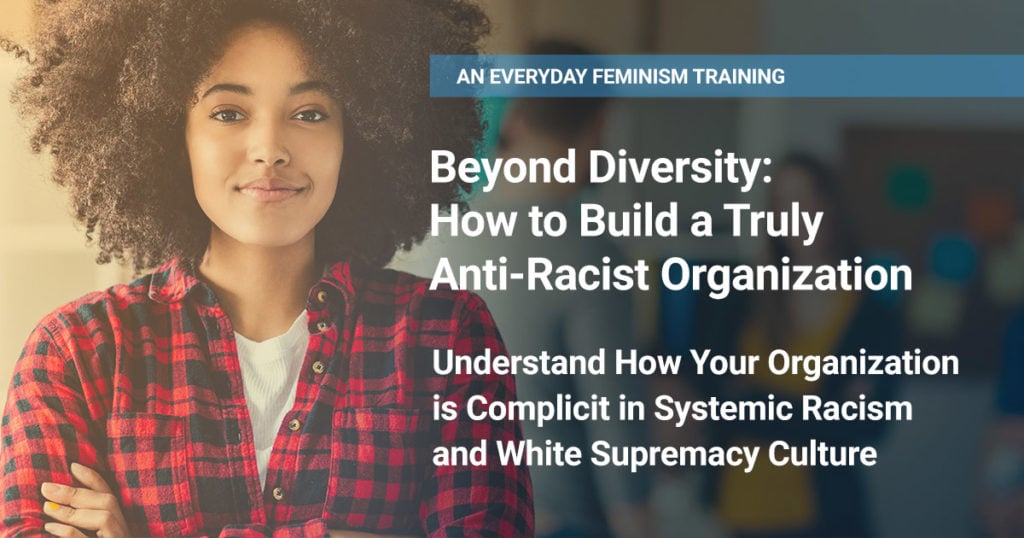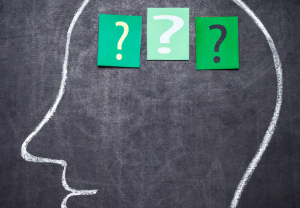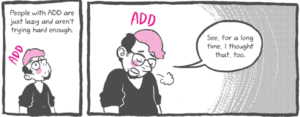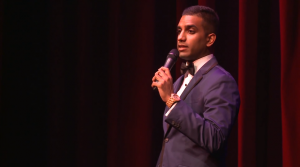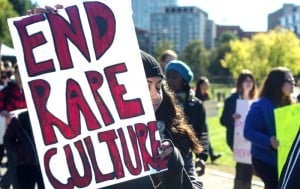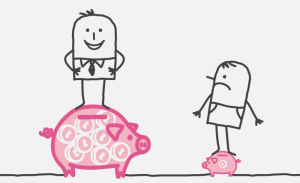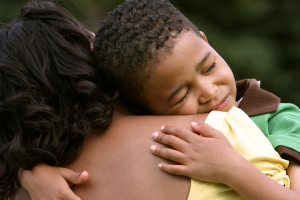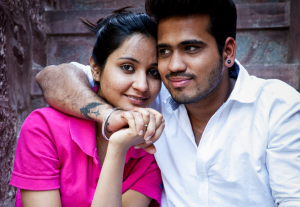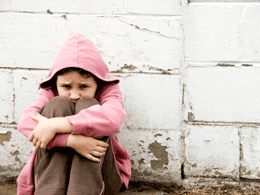
Source: Our Sick Society
I grew up in Freeport, New York, a suburb of New York City on the south shore of Long Island. For decades, Freeport has been a very diverse community, with mostly lower middle class, working class, and poor people.
Rather than pay the dollar or so to the cafeteria lunch lady, many of my elementary school classmates flashed cards that showed that they were eligible for reduced or free lunch.
Sometimes I would overhear the “free lunch” kids talking about how lunch was their first meal that day. Even though I was often on some form of a diet, my stomach turned at the idea of skipping breakfast, especially when I was seven or eight years old.
Now, someone who has no knowledge of metabolism (not you, dear reader) might think that all the kids getting free lunch back at my elementary school cafeteria were skinny.
Not so at all.
Some might have been classified as “obese” or at least “overweight” by today’s standards.
And maybe this doesn’t quite surprise you.
After all, all you need to do is turn on the TV, look at a newspaper or magazine, or stare briefly at the Internet, and you will hear about the “childhood obesity crisis.”
Kids are, allegedly, getting fatter.
According to the CDC, “Childhood obesity has more than doubled in children and tripled in adolescents in the past 30 years.” More than one-third of children and adolescents are overweight and obese, they say.
Aside from the fact that every attempt to make fat kids thin has failed, even the NIH says that focusing on weight is bad for kids because it increases stigma and shaming.
Not a single study shows that weight loss works for more than 5% of people, and, by the way, despite fears about obesity, U.S. life expectancy continues to rise.
So why are people continuing to fixate on childhood obesity?
I think maybe because it’s obscuring a much bigger, scarier issue.
Let’s Take a Look at Childhood Poverty
Just so we’re on the same page, the reasons for undernourished kids – like the ones in my school cafeteria line of yore – being fatter include: (a) genetics, (b) slowed metabolism and increased fat storage due to lack of calories and nutrition, and/or (c) eating more calorie-dense, nutrient deficient, cheaper food.
There’s somewhat of a relationship between the “childhood obesity crisis” and childhood poverty, and I think we’re focusing on the wrong supposed problem.
While childhood obesity has apparently declined slightly in recent years, one thing that hasn’t declined is childhood poverty.
Among developed nations, the U.S. ranks second to last in childhood poverty.
Nearly a quarter (22.6%) of American children live below the poverty line, with a 4.5% increase in childhood poverty since 2007.
Break these numbers down further and the picture is even bleaker for African-American and Latin@ children, with more than a third of those children living below the poverty line.
And, of course, this doesn’t include children whose families live at or near the poverty line who are also struggling.
Our government’s way of handling this actual crisis of childhood poverty has been to cut food stamps and other resources for poor children.
Childhood poverty has serious and clear negative effects.
Poor children risk and experience homelessness, lack of food, lack of adequate healthcare, lack of adequate childcare, unsafe neighborhoods and more.
They live with the constant stress and fear that their basic needs won’t be met.
They have more difficulty concentrating in school and are more at risk for dropping out early, which then affects any opportunities for advancement as they get older.
So childhood poverty is increasing, while childhood obesity has leveled out and, most importantly, is really a non-issue (good food and safe, fun exercise should be available and important for all kids, not just fat ones).
It’s Time to Reassess Our Societal Goals and Values
First Lady Michelle Obama has stated that one of the goals of her “Let’s Move” campaign is to “eliminate this problem of childhood obesity in a generation.”
Imagine if she had said that one of her goals was to “eliminate childhood poverty and malnutrition in a generation.” Imagine if she made this much more pressing issue a priority.
Obesity is a “sexy” issue only because it’s easy.
It’s easy to vilify and stereotype people, including children, based upon how they look. It’s easy to stigmatize a group, say they’re bad, they have bad habits, they need to be changed, they need to look different.
Poverty is a much scarier problem and a much bigger, more endemic one.
Children are living in poverty because of over thirty years of policies that have increased income disparity to such a degree that the middle class is nearly gone.
Instead, we have a wealthy 1% and an increasingly poor 99%, with more and more people (including working people) relying on government benefits to survive.
What we end up with, as a result, are increasing numbers of families who are barely surviving, with children who are barely surviving.
The absolute least of our issues as a society is “obesity.”
***
Obesity is just a red herring. Vilifying obesity has become a way to ignore the reality of the suffering of millions of people.
When liberals talk about fat as a problem of individuals not taking care of themselves and not understanding nutrition, they have essentially co-opted the “personal responsibility” lingo of conservatives. They have bought and eaten the red herring (albeit wild-caught and delicately grilled).
It’s time to refocus on the real problems and real suffering of our nation’s children, whether they happen to be fat or not.
Want to discuss this further? Login to our online forum and start a post! If you’re not already registered as a forum user, please register first here.
Golda Poretsky is a Contributing Writer for Everyday Feminism. She’s a certified holistic health counselor and founder of Body Love Wellness, a program designed for plus-sized women who are fed up with dieting and want support to stop obsessing about food and weight. Follow her on Twitter at @bodylovewellnes. Read her articles here and book her for speaking engagements here.
Search our 3000+ articles!
Read our articles about:
Our online racial justice training
Used by hundreds of universities, non-profits, and businesses.
Click to learn more


